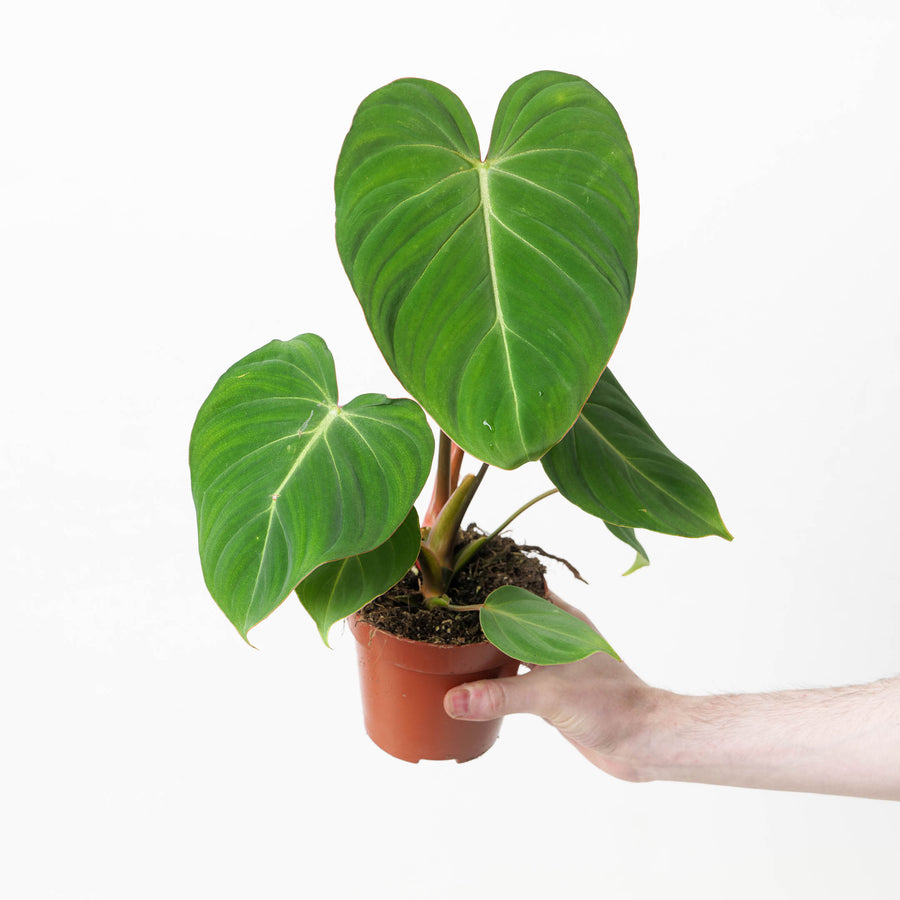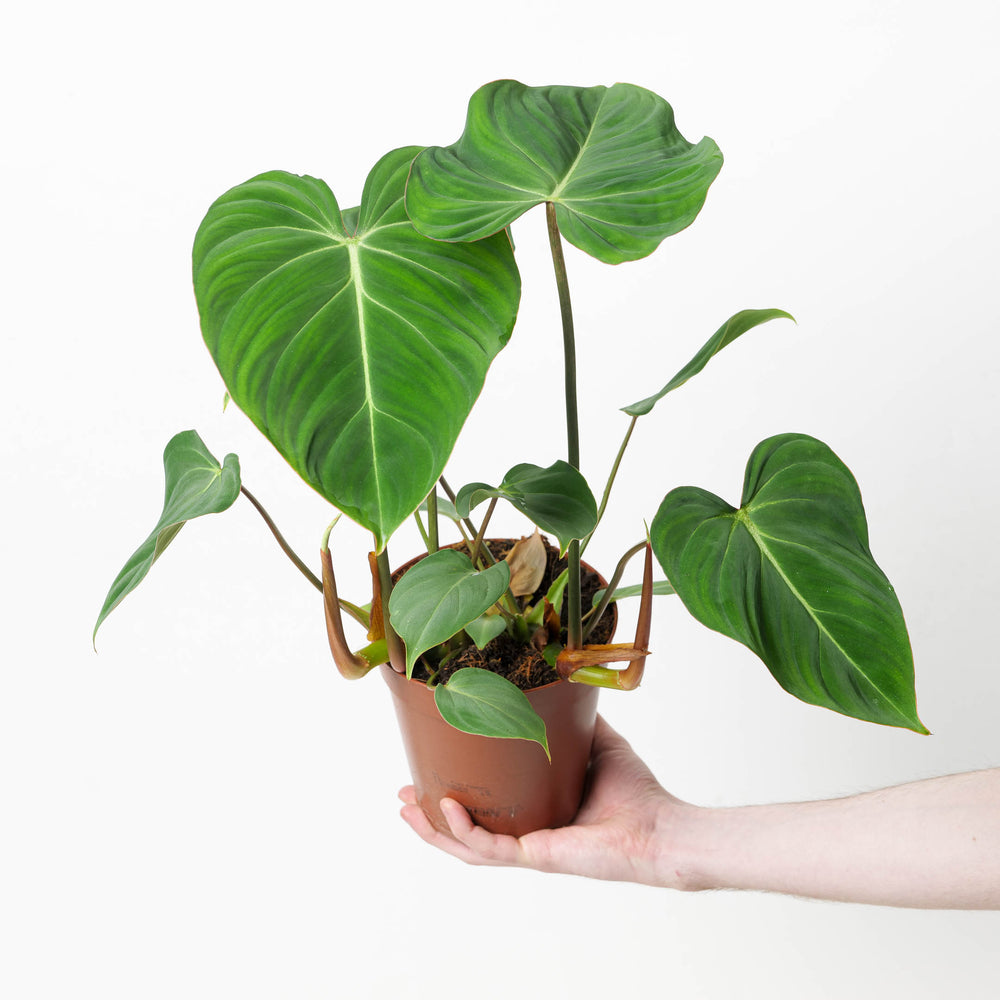Uebelmannia pectinifera is a rare and distinctive cactus species known for its spherical to cylindrical shape and striking ribbed surface. Its body is typically a deep, purplish-brown to greenish hue, with sharply defined ribs adorned with fine, comb-like white or yellow spines. The spines are arranged in a radial pattern that creates a textured, almost striped appearance. Mature plants may develop a waxy coating or "bloom" that provides additional protection from harsh sunlight. Under ideal conditions, it can produce small, funnel-shaped yellow flowers near the apex of the plant.
This cactus is highly sought after by collectors for its unique appearance but requires careful attention to its growing conditions. It thrives in controlled environments, making it an excellent candidate for indoor cultivation, particularly in greenhouses or specialised setups.
Native to
Uebelmannia pectinifera is endemic to Brazil, specifically in the rocky, quartzite-rich soils of the Minas Gerais region. Its natural habitat includes exposed areas with high temperatures, intense sunlight, and poor, well-draining soils.
Water
Water sparingly, allowing the soil to dry out completely between waterings. During the growing season (spring and summer), water every 2–3 weeks, ensuring the pot has excellent drainage. In autumn and winter, reduce watering to once a month or less, as the cactus enters dormancy. Overwatering or waterlogged soil can quickly lead to root rot.
Light
This cactus requires bright, indirect light or diffused sunlight. Place it near a bright window but avoid prolonged exposure to intense, direct sunlight, which can damage its delicate surface. If natural light is insufficient, a grow light can help maintain its health and colouration.
Humidity
Uebelmannia pectinifera prefers low humidity, around 30–50%. Its tolerance for dry air makes it suitable for typical indoor conditions in the UK. Avoid placing it in overly humid environments, as this can promote fungal issues.
Temperature
Maintain temperatures between 20–30°C during the growing season. This species is sensitive to cold and should not be exposed to temperatures below 10°C. During winter, ensure it is kept in a warm, stable environment away from draughts and unheated areas. A greenhouse or terrarium setup with controlled conditions can be beneficial for long-term cultivation.







